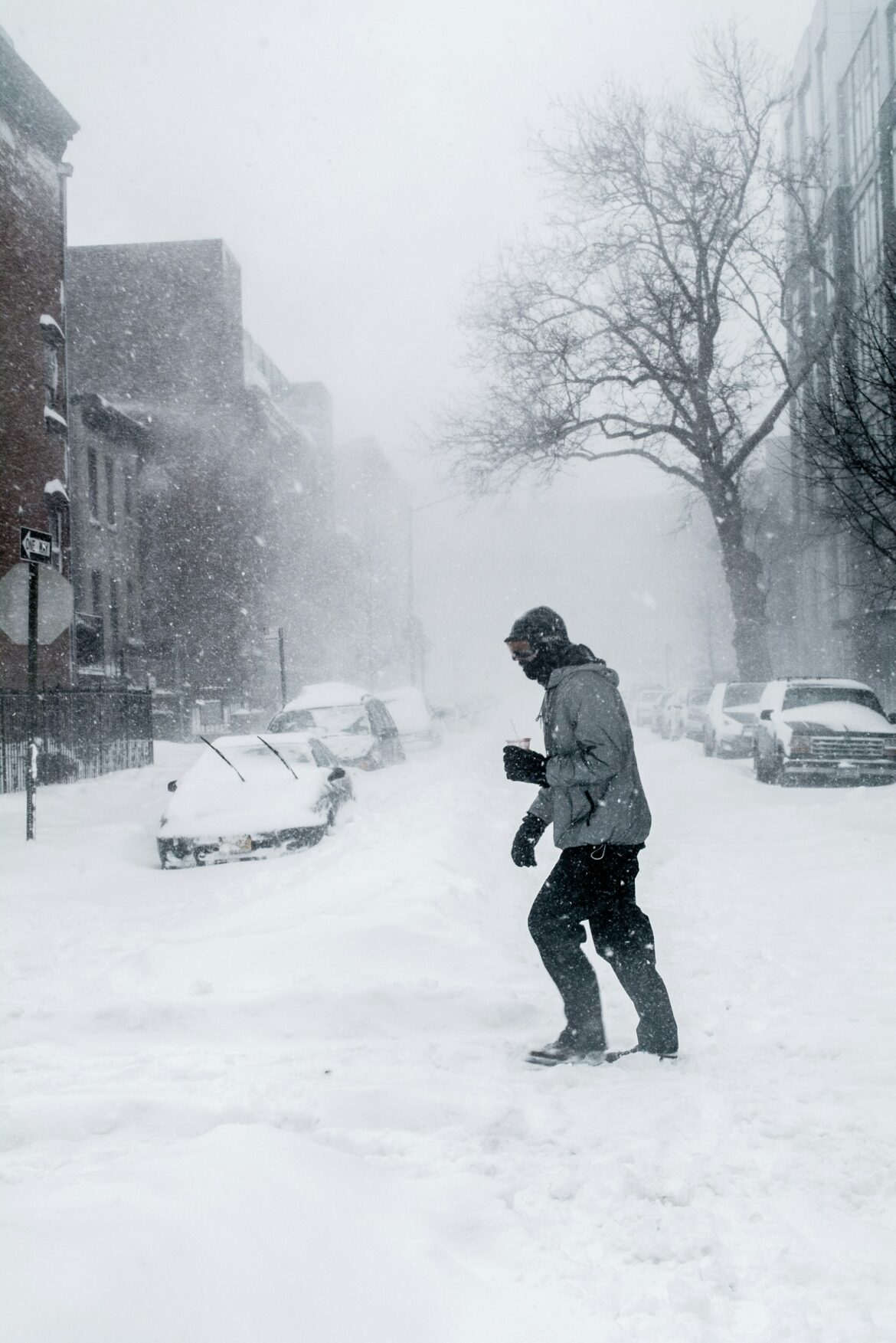Employment in Canada remained largely unchanged in February, with the country adding just 1,100 jobs and the employment rate holding at 61.1%, according to the latest Labour Force Survey from Statistics Canada. The national unemployment rate also remained steady at 6.6%.
While overall employment showed little movement, notable sectoral shifts emerged. The wholesale and retail trade sector led job gains with an increase of 51,000 positions (+1.7%), followed by finance, insurance, real estate, rental, and leasing, which added 16,000 jobs (+1.1%). Conversely, professional, scientific and technical services saw a decline of 33,000 jobs (-1.6%), while transportation and warehousing shed 23,000 positions (-2.1%).
Employment among core-aged women (25 to 54 years old) increased by 27,000 (+0.4%), continuing an upward trend from January. However, women aged 55 and older saw a decline of 15,000 jobs (-0.8%). Employment among core-aged men and younger workers remained largely unchanged.
Despite stable employment numbers, total hours worked fell by 1.3% in February, marking the largest monthly decline since April 2022. Statistics Canada attributed much of this drop to severe winter storms that impacted parts of Central and Eastern Canada, leading to work disruptions. More than 429,000 employees lost work hours due to weather conditions during the survey reference week, significantly above the five-year February average of 96,000.
The survey also highlighted a shift in interprovincial job mobility, with 30.3% of the workforce indicating they would be willing to move to another province for employment—a 3.5 percentage point increase from February 2022. Willingness to relocate was highest in Manitoba (35.7%), Saskatchewan (35.5%), and Newfoundland and Labrador (34.2%). Personal or family considerations remained the primary reason for those unwilling to move.
On a provincial level, employment declined in Nova Scotia (-4,300; -0.8%) but remained steady elsewhere. The lowest unemployment rates were recorded in Quebec (5.3%) and Saskatchewan (5.4%), while Newfoundland and Labrador had the highest at 10.5%.
Average hourly wages continued to rise, increasing by 3.8% year-over-year (+$1.32) to $36.14 in February. This followed a 3.5% gain in January. The gender pay gap persisted, with core-aged women earning $36.04 per hour on average, or $4.98 less than their male counterparts ($41.02), equating to 88 cents on the dollar.
The findings come as the job market adjusts to shifting economic conditions, including evolving workforce participation trends. The labour force participation rate dipped slightly to 65.3%, with declines among youth (-0.8 percentage points) and those aged 55 and older (-0.2 percentage points), while core-aged workers saw a slight increase (+0.1 percentage points).
Provincial breakdown
Here are the jobless rates last month by province (numbers from the previous month in brackets):
• Newfoundland and Labrador 10.5 per cent (10.6)
• Prince Edward Island 7.8 per cent (7.2)
• Nova Scotia 6.6 per cent (5.9)
• New Brunswick 7.5 per cent (6.4)
• Quebec 5.3 per cent (5.4)
• Ontario 7.3 per cent (7.6)
• Manitoba 6.1 per cent (6.1)
• Saskatchewan 5.4 per cent (5.4)
• Alberta 6.7 per cent (6.7)
• British Columbia 6.0 per cent (6.0)
Jobless rate by city
Here are the jobless rates last month by city (numbers from the previous month in brackets):
• St. John’s, N.L. 7.0 per cent (6.8)
• Halifax 5.0 per cent (5.0)
• Moncton, N.B. 5.1 per cent (5.1)
• Saint John, N.B. 7.2 per cent (6.9)
• Fredericton 7.2 per cent (7.4)
• Saguenay, Que. 3.1 per cent (3.3)
• Quebec City 4.6 per cent (4.7)
• Sherbrooke, Que. 4.9 per cent (5.0)
• Trois-Rivières, Que. 4.6 per cent (4.9)
• Drummondville, Que. 5.8 per cent (5.9)
• Montreal 6.3 per cent (6.5)
• Gatineau, Que. 5.2 per cent (5.4)
• Ottawa 5.5 per cent (5.8)
• Kingston, Ont. 6.3 per cent (6.2)
• Belleville-Quinte West, Ont. 7.6 per cent (8.3)
• Peterborough, Ont. 7.5 per cent (6.1)
• Oshawa, Ont. 8.2 per cent (8.2)
• Toronto 8.6 per cent (8.8)
• Hamilton, Ont. 7.4 per cent (7.5)
• St. Catharines-Niagara, Ont. 6.0 per cent (6.1)
• Kitchener-Cambridge-Waterloo, Ont. 8.3 per cent (8.0)
• Brantford, Ont. 5.3 per cent (5.0)
• Guelph, Ont. 7.1 per cent (7.8)
• London, Ont. 6.6 per cent (7.0)
• Windsor, Ont. 9.4 per cent (9.1)
• Barrie, Ont. 5.6 per cent (5.8)
• Greater Sudbury, Ont. 6.0 per cent (5.9)
• Thunder Bay, Ont. 4.9 per cent (5.1)
• Winnipeg 6.2 per cent (6.3)
• Regina 7.2 per cent (7.0)
• Saskatoon 4.7 per cent (4.8)
• Lethbridge, Alta. 5.0 per cent (5.2)
• Calgary 7.3 per cent (7.7)
• Red Deer, Alta. 9.6 per cent (9.7)
• Edmonton 7.1 per cent (7.2)
• Kelowna, B.C. 5.3 per cent (4.9)
• Kamloops, B.C. 4.8 per cent (4.8)
• Chilliwack, B.C. 7.0 per cent (6.8)
• Abbotsford-Mission, B.C. 5.5 per cent (5.2)
• Vancouver 6.8 per cent (6.6)
• Victoria 3.5 per cent (3.6)
• Nanaimo, B.C. 6.0 per cent (7.1)
with files from the Canadian Press






